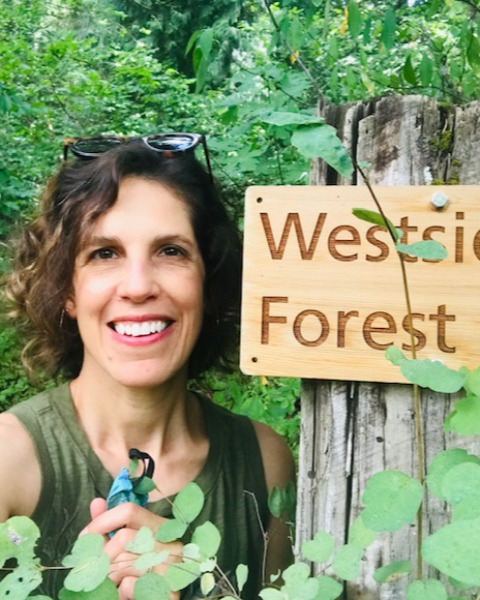Back
Latebreaking Poster
Session: Education (Latebreaking)
LB 18-161 - Geospatial approaches for connecting people, place, and science: Linking research and outreach in a community college campus natural area
Thursday, August 10, 2023
5:00 PM - 6:30 PM PDT
Location: ESA Exhibit Hall

Valance Brenneis
Instructor
Portland Community College, United States
Presenting Author(s)
As we work to transform ecological education for the 21st century, emerging technologies can be used to support active student engagement with ecological concepts and practices. This poster will highlight several geospatial approaches used for connecting environmental science students with their local environment and the broader community. Portland Community College is home to the Rock Creek Environmental Studies Center, a 100-acre natural area that serves as an outdoor learning facility, wildlife habitat, and community resource. Environmental science students are involved in long-term ecological monitoring, research, and community science at this site. Geospatial technologies using GPS (global positioning systems) and GIS (geographic information systems) allow for enhanced data collection, visualization, and sharing. These approaches include creating interactive online GIS maps that can be used to explore a mosaic of habitats, show plant and wildlife diversity, inform management decisions, and create shared understandings of the space. Mobile applications, such as ESRI Field Maps can be used by students, faculty, and volunteers to collect georeferenced data and monitor changes over time and space. Survey123 can be used to gather information about how people currently use the area and generate ideas for future goals for the site. StoryMaps can be used as a communication tool by faculty and students to share ecological data, tell place-based stories, and make calls for action. By using these approaches in environmental science courses, educators and students can build knowledge and skills while working towards goals of documenting natural areas, developing powerful communication tools, and increasing connections between people and place.
